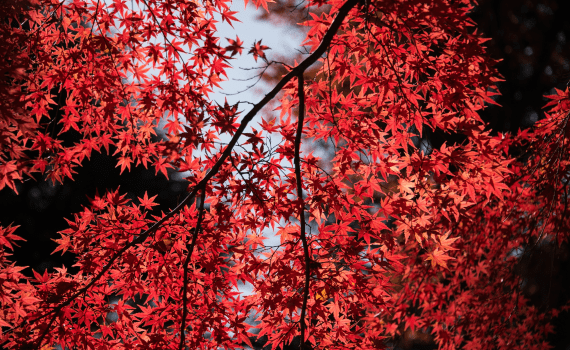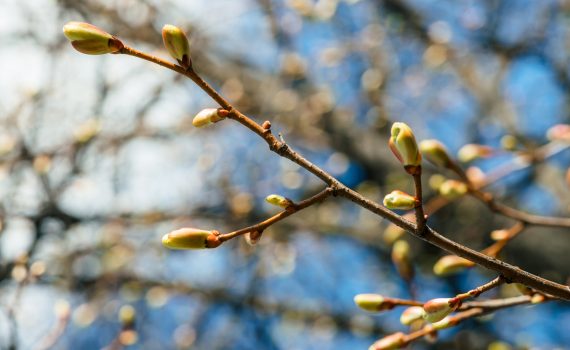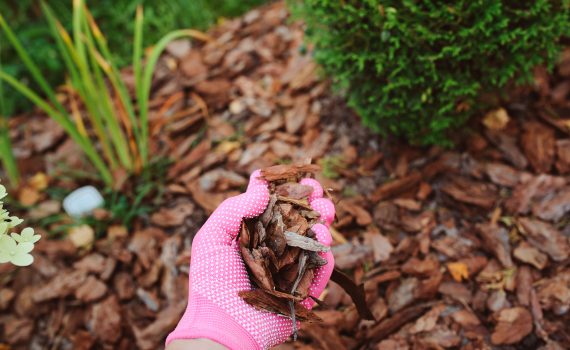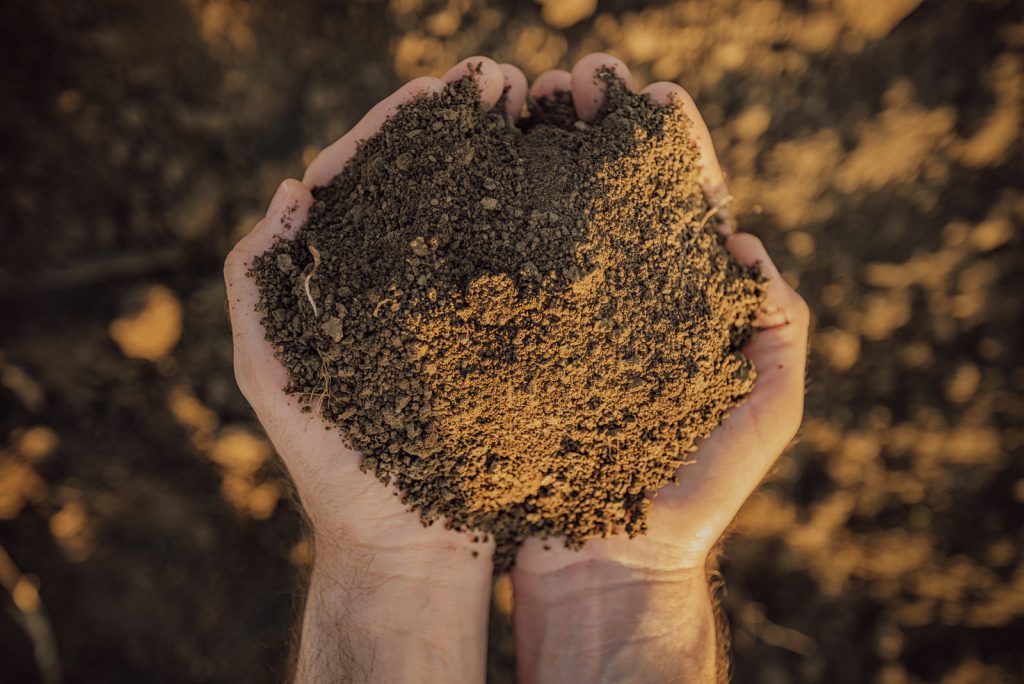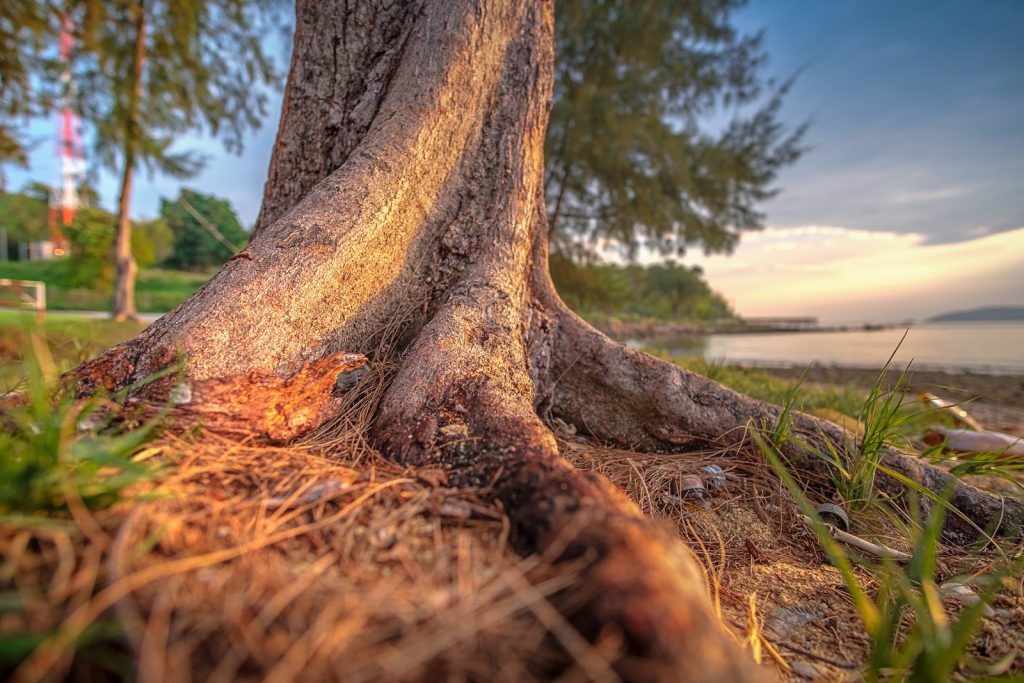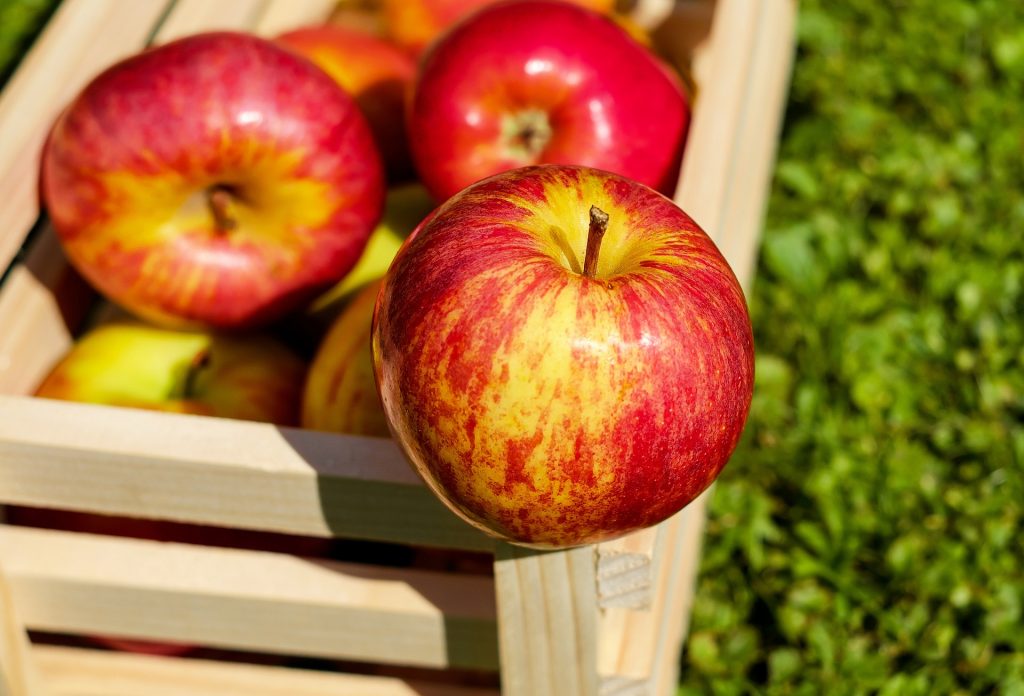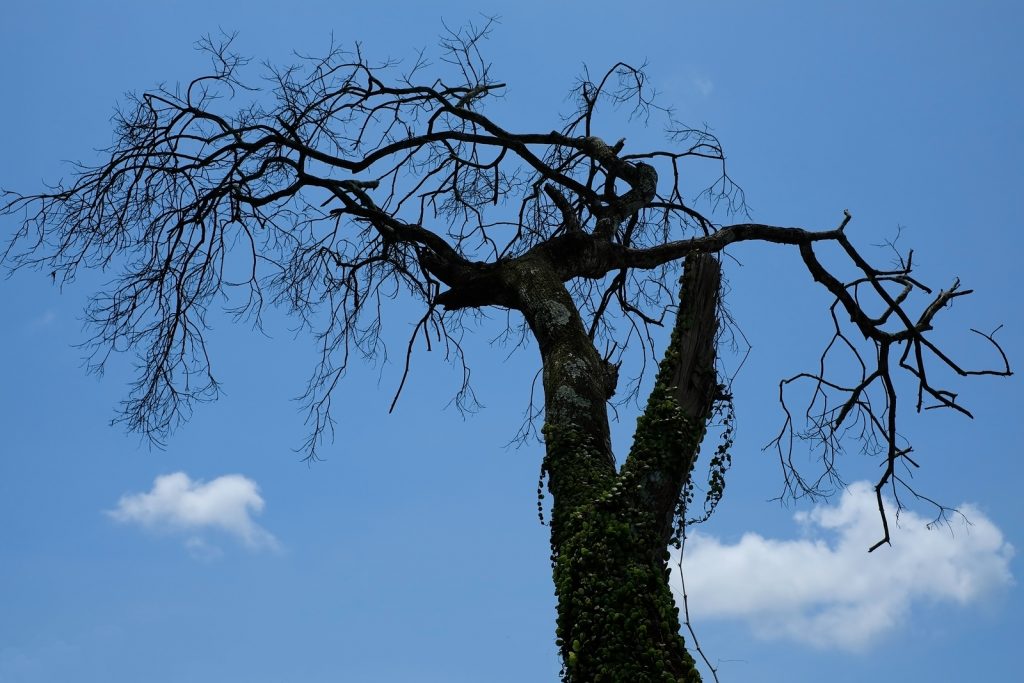The avocado also known as Persea Americanus beautifies servings of mixed greens and ties guacamole. The rich green organic product gives a lot of nourishment but avocado tree pests pose a danger. Avocados planted indoors do not grow well however, you can plant your very own trees. A couple of traps will help keep the few bugs that trouble them away, which we’ll collectively call the avocado tree pests.
Types of Avocado Tree Pests
Mites:
Such pests aren’t simple to spot outwardly, however the harm they do to leaves is evident. For the individuals who are asking why the falling leaves are viewed as such a major ordeal, this is on bases that the leaves are imperative to shielding the organic product from the harming sun beams. Whenever permitted to go unchecked, bug populaces are fit for developing quickly. The predator vermin has one eradication solution that is accessible to tree proprietors, yet the best treatment for bugs is particular horticulture oil.
Caterpillars:
For reasons unknown, the famous picture of caterpillars biting through apples has a solid premise in actuality. These pests follow blooms, leaves, and natural products. In the event that they’re sans given rule, they’re fit for crushing a whole avocado harvest in basically no time by any stretch of the imagination. The speed at which they work is a major piece of what makes a caterpillar invasion especially risky to your tree. Caterpillars can be treated with a bacterial splash called Bacillus thuringiensis. By taking consideration to shower the leaves and the inner parts of any buds, you can stop a caterpillar invasion dead in its tracks.
Thrips:
This is a condition that outcomes in scarred avocados and hindered development relying upon how genuine the condition moves toward becoming. You will ordinarily observe these bugs come during a particular season since they like to benefit from developments and shoots while they’re as yet youthful and delicate. Thrips attempt to look for dampness so ceasing an invasion at last comes down to a blend of repulsing the populace on the avocado tree and expelling elective hosts. To battle Thrips, it’s optimal for tree proprietors to haul out any grass or different plants close to the avocado tree and to likewise apply a pesticide or oil and fat-based cleansers intended to slaughter hurtful creepy crawlies.
Mealybugs:
In the event that you see honeydew on your leaves, particularly in blend with a dirty shape, mealybugs might be the reason. Mealybugs are horribly damaging. They suck out the juices of a plant through the leaves, hindering its development colossally and notwithstanding causing the possible demise of the tree in extreme cases. Ants are typically present with mealybugs, yet once the ants are controlled, regular adversaries like winged creatures and ladybird scarabs will generally deal with the invasion rapidly. Minor invasions can be overseen by hand picking or touching with scouring liquor. Greater pervasions can be made do with a solid splash of water and the utilization of an insecticidal cleanser or neem oil.
Subterranean Insects:
The most well-known bug you’ll see on an avocado tree is the subterranean insect, which is fascinating in light of the fact that ants don’t benefit from the avocado tree straightforwardly. The subterranean insect benefits from honeydew which is discharged by a few creepy crawlies, which makes them both a gift and a revile. They’re a gift since seeing ants is a pointer that there is another vermin issue. A revile in light of the fact that the ants can regularly intrude on the organic controls that may somehow upset the culpable creepy crawly. Dispose of ants by first pruning all lower appendages up to a tallness of no lower than 2 feet starting from the earliest stage. At that point apply a wide band of sticky material encircling the base of the tree trunk. This will interfere with the subterranean insect’s capacity to get into the tree enabling you to deal with different bugs determined.
You now know about bugs that can do genuine harm to an avocado tree. Fortunately, a significant number of the conditions referenced here can be overseen and effectively secured against with a solid routine of pruning, cautious regulation of issue zones, and compost. Avoid Avocado Tree Pests and contact the Certified Arborist with Sexy Trees.
 Bringing Sexy Back Into Your Yards
Bringing Sexy Back Into Your Yards 

